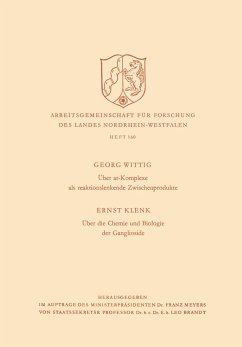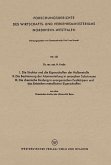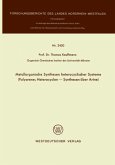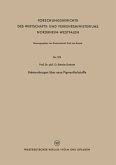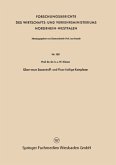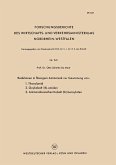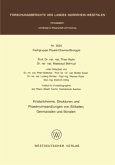In ate-complexes, i.e. coordination complexes with a negative charge cen ter, all the ligands are anionically activated and hydrogen atoms bound to IX-or ß-carbon are hydride-mobile. This hypothesis is substantiated, in cor relation with known onium-complexes which behave in the opposite way, by aseries of typical examples, or is brought into the discussion as to whether short-lived, i.e. non-isolable, ate-complexes are involved in the reaction process. Resume Dans les complexes at (combinaisons coordinatives dont l'atome central possede une charge negative), tous les ligants sont actives anioniquement; les atomes d'hydrogene lies aux carbones IX et ß sont mobiles sous forme d'ions hydrures. Cette hypothese, qui est mise en correlation avec les complexes oniums, connus et au comportement oppose, est confirmee par quelques exemples typiques; elle peut etre mise en discussion pour autant que des complexes at ephemeres, qu'on ne saurait donc isoler, interviennent dans le processus reactionnel. Diskussion Professor Dr. phil. Otto Schmitz-DuMont Herr Wittig, Sie sind auf die sehr interessante Reaktion eingegangen, die Herr Hellwinkel zwischen Phosphorpentachlorid und Diphenyldilithium durchgeführt hat. Dieses Reaktionsbild steht in einem völligen Einklang mit der Struktur des festen kristallisierten Phosphorpentachlorid-Komplexes. Nun haben Phosphorpentafluorid und Phosphorpentabromid ganz an dere Strukturen. Da würde mich interessieren, wie es etwa bei Phosphor pentafluorid und Phosphorpentabromid ist. Phosphorpentabromid ist ja in festem kristallisierten Zustand eine salzartige Verbindung mit [PBr ] + als 4 Kation und Br und nicht etwa [PBr ] - als Anion.
Hinweis: Dieser Artikel kann nur an eine deutsche Lieferadresse ausgeliefert werden.
Hinweis: Dieser Artikel kann nur an eine deutsche Lieferadresse ausgeliefert werden.

